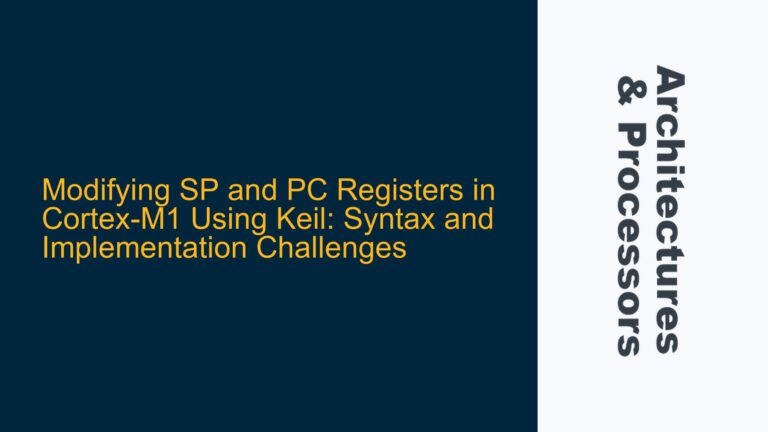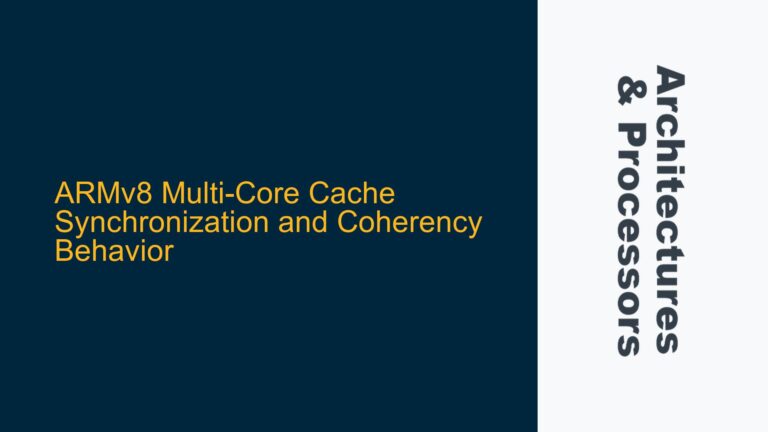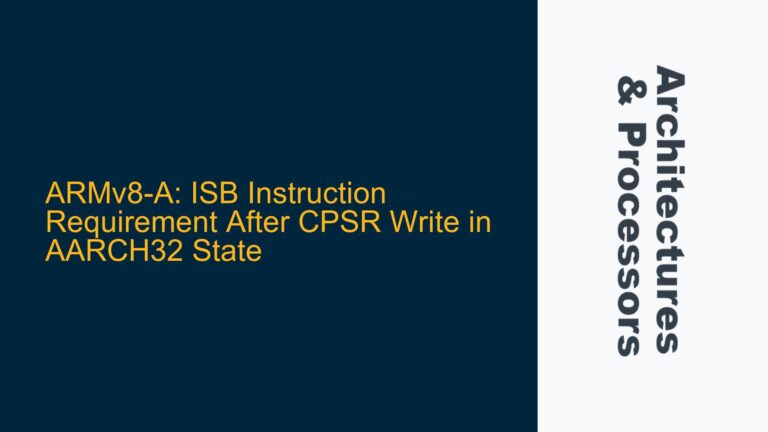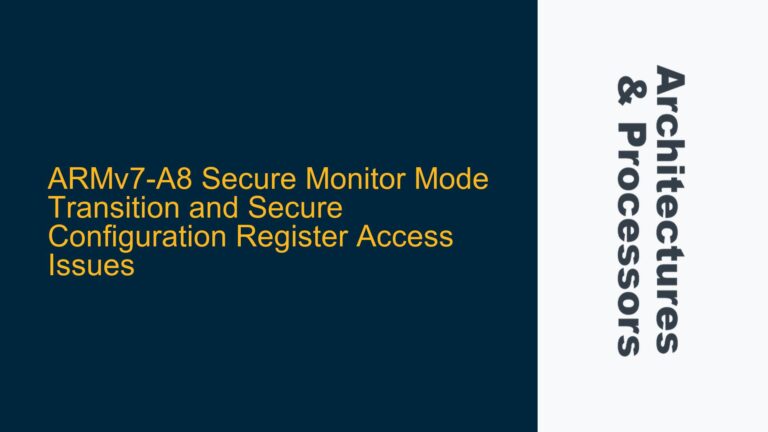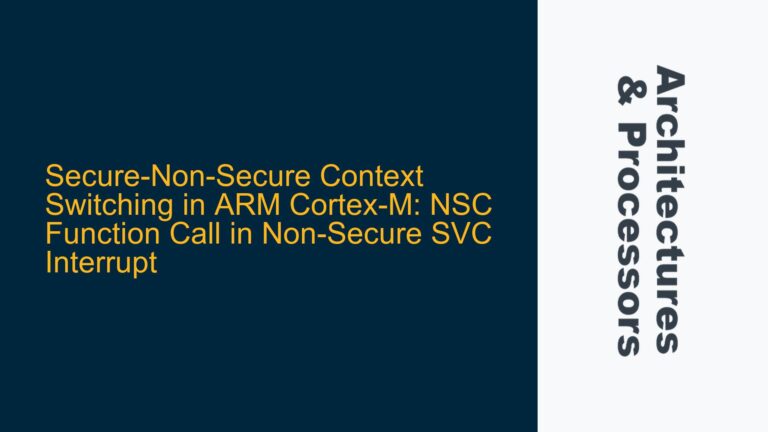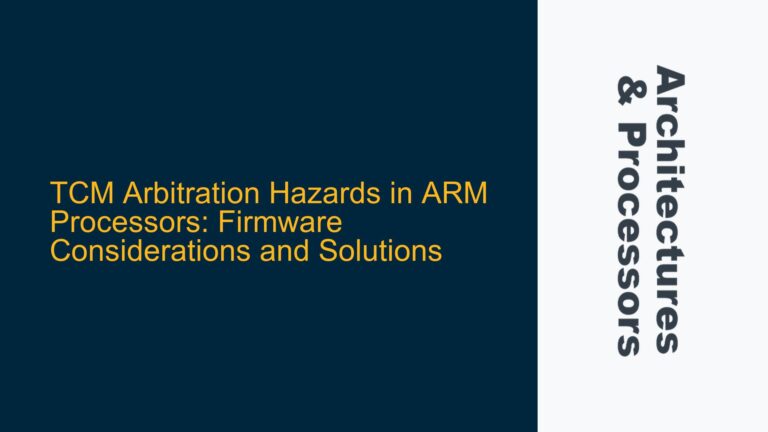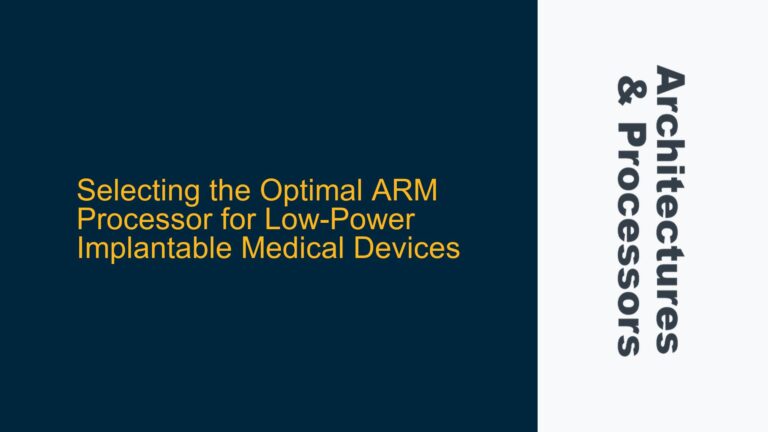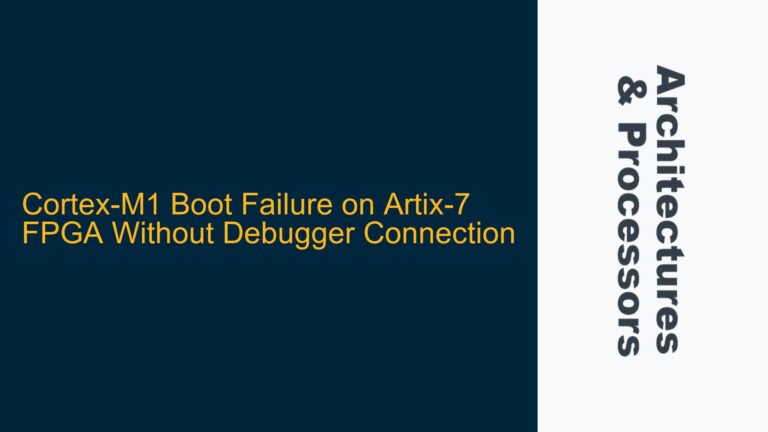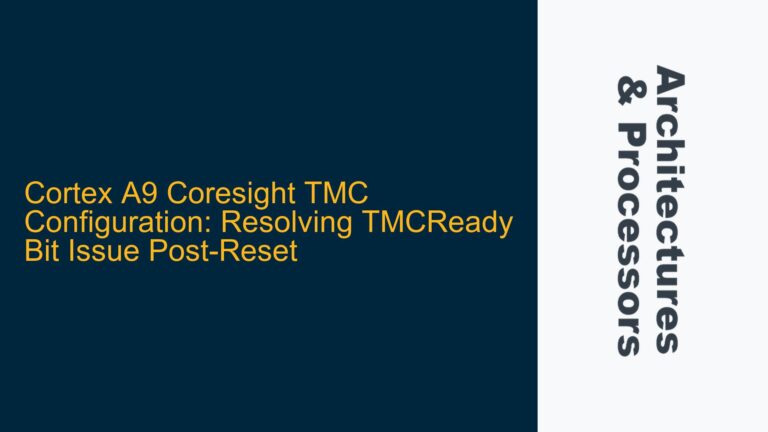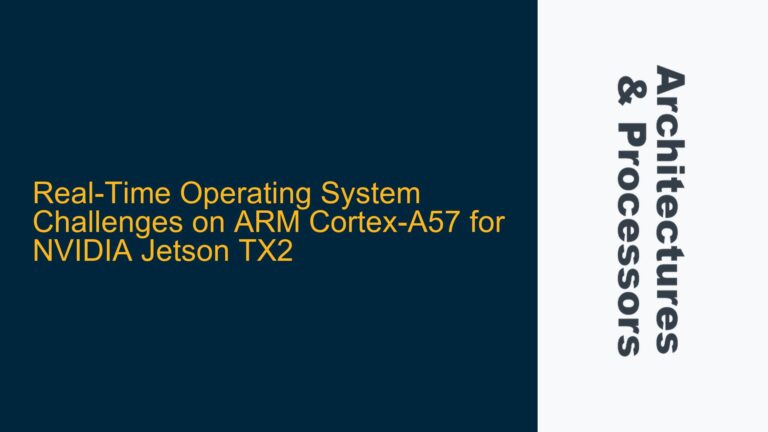Modifying SP and PC Registers in Cortex-M1 Using Keil: Syntax and Implementation Challenges
ARM Cortex-M1 SP and PC Register Modification Errors in Keil When working with the ARM Cortex-M1 processor, modifying the Stack Pointer (SP) and Program Counter (PC) registers is a critical task, especially when developing a bootloader. However, developers often encounter challenges when attempting to modify these registers using inline assembly in the Keil development environment….
